I meant to post this earlier, but couldn’t find the time.
On October 10th, we were treated to a talk by former program alumni and current TOC in two districts, Dominique Rochefort. Dominique’s talk centred around teaching tolerance in the classroom, particularly at the elementary level. Dominique started by telling us that she identifies as Metis, but only learned about her Indigenous heritage later in life. As one could imagine, this created a sort of cultural identity crisis, as she had been raised to identify as French Canadian. In response, she eventually embraced her Indigenous heritage and now strives to educate young learners on Canadian First Nations and Metis identity.

A number of things Dominique told us resonated with me. Firstly, she stressed the fact that First Nations students are less likely to pursue STEM fields and enter higher education. For her, there is a key component of our education system missing that appreciates the importance of First Nation story telling and learning, and I completely agree.
After coming home from the talk, I decided to Google my own elementary school, Carney Hill Elementary, in Prince George, BC. The first hit I came across was this article from 2010, https://www.pgfreepress.com/carney-hill-b-cs-lowest/
Apparently, my elementary school ranked last provincially in the 2010 Foundation Skills Assessment (FSA) tests, assessing reading, writing and numeracy. Last means last in a ranking of 876 schools provincially. In 2011, my elementary school was renamed Nusdeh Yoh elementary school and curriculum was changed to focus on First Nations culture and learning. I’m very happy to see this kind of recognition of Indigenous culture in education and I can only imagine that students are more comfortable there. In any case, Dominique’s talk highlighted the importance of including First Nations learning in the early years of BC education as a way to promote tolerance and understanding in the highly culturally diverse classroom. This is a lesson I plan to take forth in my future educational career.
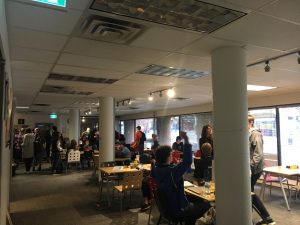
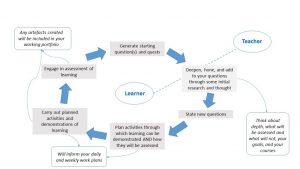
 Well, now that I have my topic and inquiry question squared away, it’s time to start planning the steps I’ll need to take in order to see it to the end. I have no idea how this is going to turn out, but I think that really is the point of an inquiry project. This is really about my own curiosity and whatever the outcome, all I can hope is that I’ve learned something of value along the way.
Well, now that I have my topic and inquiry question squared away, it’s time to start planning the steps I’ll need to take in order to see it to the end. I have no idea how this is going to turn out, but I think that really is the point of an inquiry project. This is really about my own curiosity and whatever the outcome, all I can hope is that I’ve learned something of value along the way.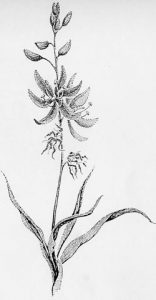 onale on why this project is meaningful to me and why it’s important to explore it from the perspective of a Vancouver Island resident.
onale on why this project is meaningful to me and why it’s important to explore it from the perspective of a Vancouver Island resident.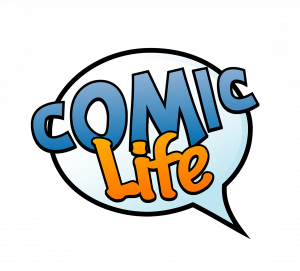 We had a very interesting workshop in class on creating of comic books using the application Comic Life .
We had a very interesting workshop in class on creating of comic books using the application Comic Life .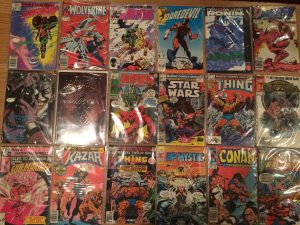

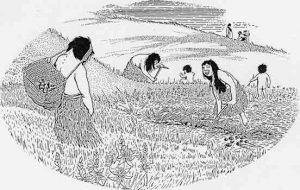 ated, harvested and consumed. So why hadn’t I heard about it earlier?
ated, harvested and consumed. So why hadn’t I heard about it earlier?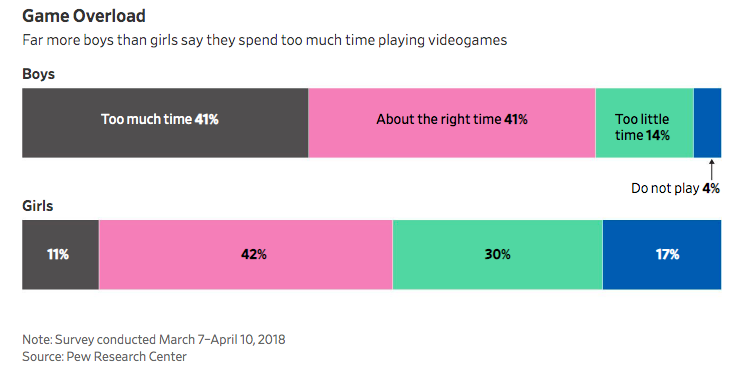
Recent Comments